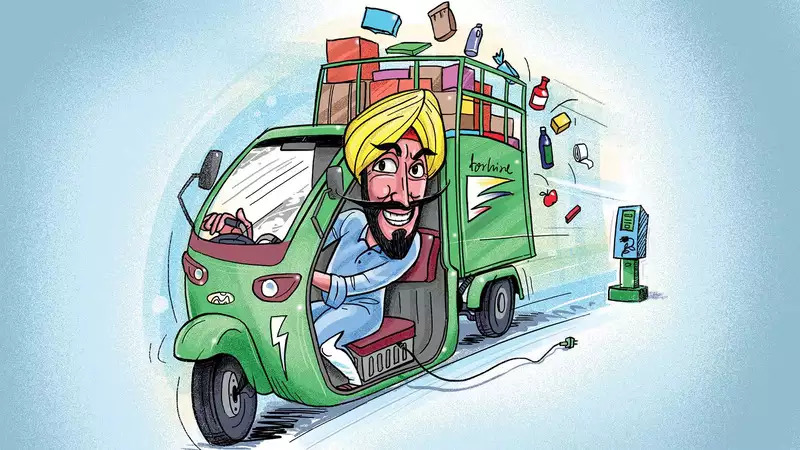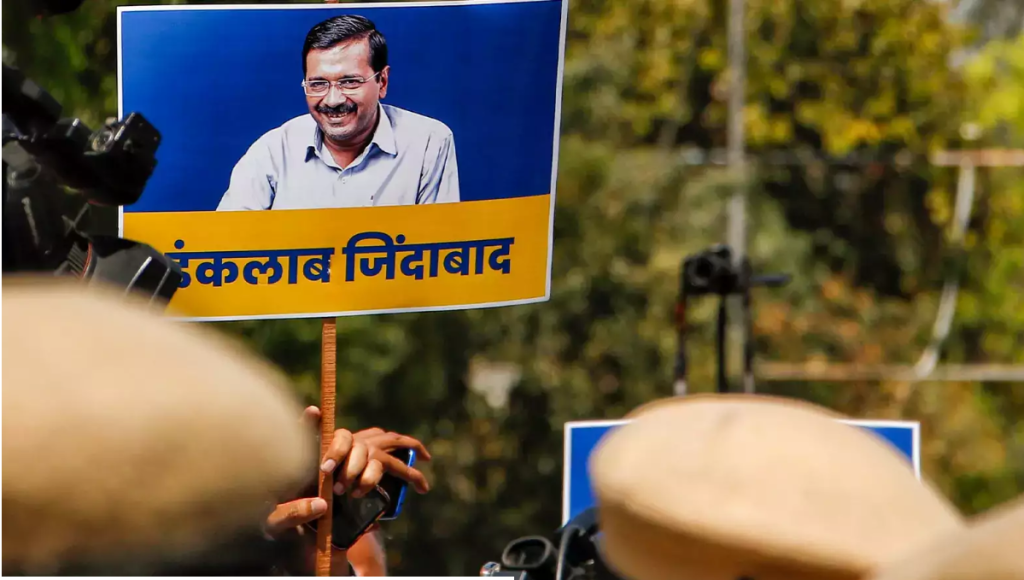When oil cost $ 145/barrel in June and I predicted a price crash below $ 100/barrel, some jeered at my optimism. But oil crashed to just $ 65/barrel last week.
Domestic prices of petrol and diesel are pegged to a global oil price of $ 61/barrel. If the world price falls below this—and some economists are predicting a fall to $ 55/barrel– consumers will demand a cut in domestic prices. But this would be a mistake. Having subsidized petroleum products by over Rs 100,000 crore after oil skyrocketed in 2007, the government should now recoup part of that to build a reserve. The fall in world price is temporary, and oil will cross $ 100/barrel again when the world economy revives. We should create a financial cushion for that day, not go on a populist price-cutting spree.
One option is to revive the Oil Pool Account (OPA), which in the 1980s and 1990s smoothed fluctuations in product prices. When price control imposed losses on oil marketing companies, they got compensating cash from the Oil Pool Account (OPA). If, however, world prices dropped below the controlled Indian price, the surplus went into the coffers of the OPA.
Now, oil crossed $ 32/barrel in the early 1980s, but then halved to $ 16/barrel in 1986. The government did not slash the price of petroleum products, and so the OPA generated a big surplus. This cushioned government finances, and provided a reserve for darker days ahead–oil prices shot up again in 1991.
Today oil is slumping again, doubtless temporarily. We should again seize the opportunity to build up a reserve fund –maybe through a revived OPA.
I have long opposed price controls on oil. Our prices should rise and fall with world prices, as is the case with steel or copper. Subsidising oil encourages over-use of a depleting and polluting resource. The ultra-low price of kerosene means it is used mostly for adulterating diesel, which in turn ruins truck engines. So, “cheap” kerosene is actually very costly for the economy.
Poor neighbouring Bangladesh sells diesel and kerosene at the same price, avoiding adulteration. Bangladesh raised its product prices by 67% in July, showing that poor countries can pass on high world prices to consumers. India itself did so in 1974, when OPEC quadrupled oil prices. But if politicians insist on price controls, an OPA will provide a better framework than today’s arbitrary decision making.
The Kelkar Committee in the late 1990s advocated phased abolition of price control. But while industrial petroleum products (naphtha, furnace oil, aviation fuel) were indeed decontrolled, politicians could not bring themselves to decontrol consumer products—petrol, diesel, kerosene, LPG. When the price of oil galloped upward after 2004, price control translated into galloping subsidies.
Petrol, diesel and LPG prices have been kept well below the import price, causing huge losses to the oil marketing companies. To compensate, the Finance Minister has been issuing them government bonds. He has now run out of even these.
Hence foreign lenders are now threatening to declare IOC, BPCL and HPCL as defaulters. Loan covenants with foreign lenders specify that the borrowers must be profit-making companies, with debt-equity ratios below 1.5. But today all India’s oil marketing companies are deep in the red, and their debt-equity ratios have crossed 2.0.
In these dire circumstances, the fall in global oil prices is a boon. With luck, global prices of petrol and diesel will soon fall below Indian controlled prices. So, the oil marketing companies may suddenly have a small windfall gain instead of huge losses.
With an election round the corner, the government will be tempted to cut the price of petrol, diesel and LPG. This will help counter Opposition criticism that inflation has run out of control. Yet history shows that trying to buy votes through populist give-aways does not win elections. Instead of cutting prices, the government should revive the Oil Pool Account, and build up reserves for a rainy day.
Many people will argue that cutting fuel prices in line with global prices will not be populist at all, but a sensible anti-inflationary measure. I disagree. I am all for price flexibility up and down. But if, for political reasons, upward price movements are curbed, so too should downward movements. As a second best solution to price decontrol, we need a pool account that irons out fluctuations both ways.
Subsidies have their place in democracies, especially in emergency situations. But in the medium run we need to see fuels for what they are—polluters that cause serious health problems, and may cause catastrophic global warming. Such items should be taxed heavily to discourage consumption, and were indeed taxed heavily historically. But in the last two years import and excise duties have been slashed, so Indian prices are half the rates charged in some European countries.
Inflation is a big issue. But it will in any case fall in coming months because a global recession has sent commodity prices crashing, and will soon depress manufactured prices too. If politicians insist on urgent vote-getting action on inflation, increased food subsidies will do the job better than fuel subsidies.




